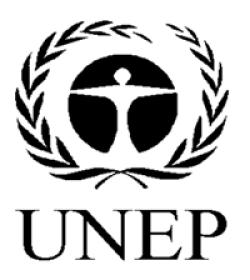
Published date
22 March 1985
The ozone layer protects the earth from excessive ultraviolet radiation which could cause mutations and damage in human, animal and plant cells. In 1974 scientists published their first scientific hypotheses that chemicals we produce could harm this layer. Their findings were that chlorofluorocarbon gases (CFC), which were widely used, could remain trapped in the stratosphere for decades or even centuries, release chlorine and thus break down the ozone layer.
The Vienna convention signed on 22 March 1985 is a multilateral environmental agreement in which “states agree to cooperate in the relevant research and scientific assessment of the ozone problem, to exchange information and to adopt appropriate measures to prevent activities that harm the ozone layer.”
The convention has been ratified by 196 states, including South Africa.
References
Weiss E.B (2008)The Audio Visual Library of International Law from UN Treaty [online] Available at: https://untreaty.un.org [Accessed on 6 March 2012]|ESCAP Virtual Conference International Regimes on Ozone Layer [online] Available at: www.unescap.org [Accessed on 6 March 2012]